PHOTOGRAPHY
Memories are meant to be captured
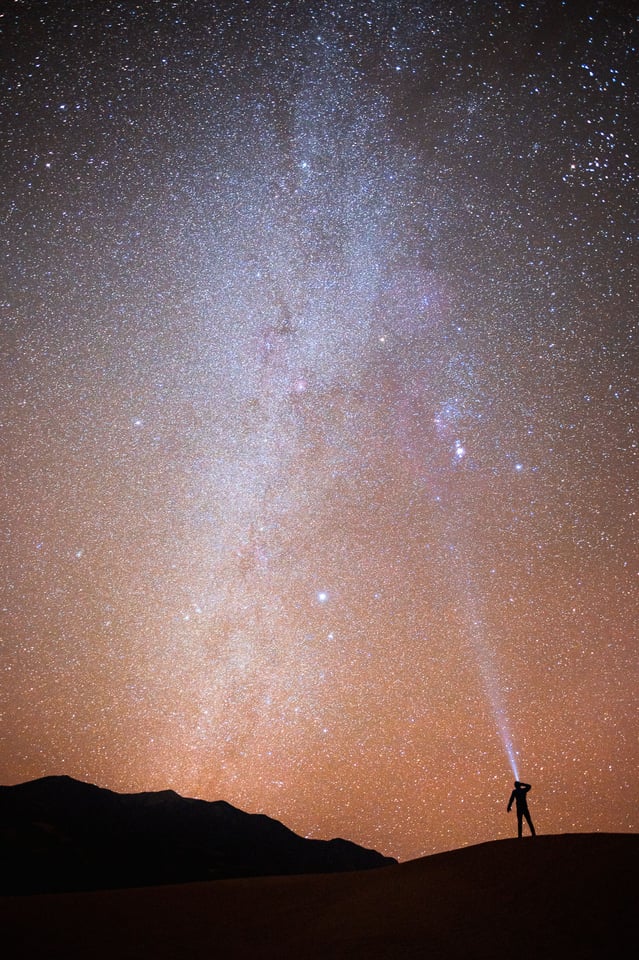
Memories are meant to be captured

This introduction to photography is written for beginners, with several tips and suggestions to take your skills as far as possible. However, writing an introduction to photography is like writing an introduction to words; as amazing and important as it is, photography can be almost limitlessly complex. What separates inspiring photographs from ordinary ones, and how can you improve the quality of your own work? This article lays a foundation to answer to those questions and more.Photography is the art of capturing light with a camera, usually via a digital sensor or film, to create an image. With the right camera equipment, you can even photograph wavelengths of light invisible to the human eye, including UV, infrared, and radio.
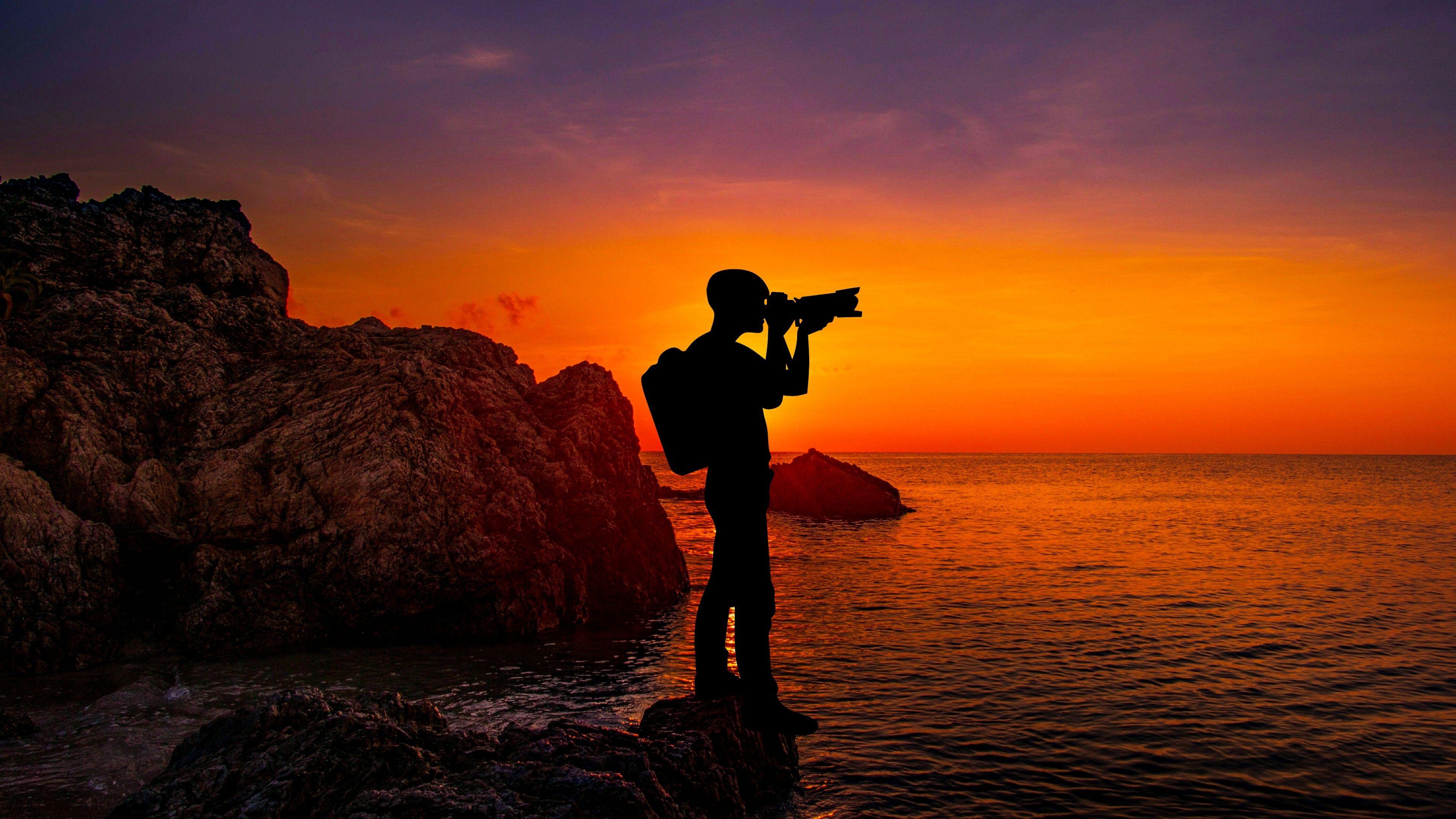
We are all familiar with content marketing, but marketing in photography is somewhat unique. Unlike other marketing fields, content marketing for photography is less prevalent. So, to promote business online, photographers must understand content marketing as a crucial resource for gaining online visibility. Finding your area of expertise is necessary before developing a content concept. Then, you may proceed with creating the content. Here are a few content ideas to boost your photography marketing.Color photography started to become popular and accessible with the release of Eastman Kodak’s “Kodachrome” film in the 1930s. Before that, almost all photos were monochromatic – although a handful of photographers, toeing the line between chemists and alchemists, had been using specialized techniques to capture color images for decades before. You’ll find some fascinating galleries of photos from the 1800s or early 1900s captured in full color, worth exploring if you have not seen them already. These scientist-magicians, the first color photographers, are hardly alone in pushing the boundaries of one of the world’s newest art forms. The history of photography has always been a history of people – artists and inventors who steered the field into the modern era.


Nature Photography

WildLife Photography

Astro Photography

Abstract Photography
Nature photography can be defined as the photography of natural components, cherishing landscapes, wildlife, plants, and then on. The primary purpose of nature photography is to catch the wonder of the natural world. Nature photography is a trendy genre of photography, and there are many different sub-genres within it. Some of the most popular sub-genres of nature photography include landscape photography, wildlife photography, and macro photography.Landscape photography is the photography of natural landscapes, cherishing mountains, forests, and rivers. At the same time, wildlife photography is the photography of animals in their commonplace. In addition, macro photography is the photography of little subjects resembling insects, flowers, etc.
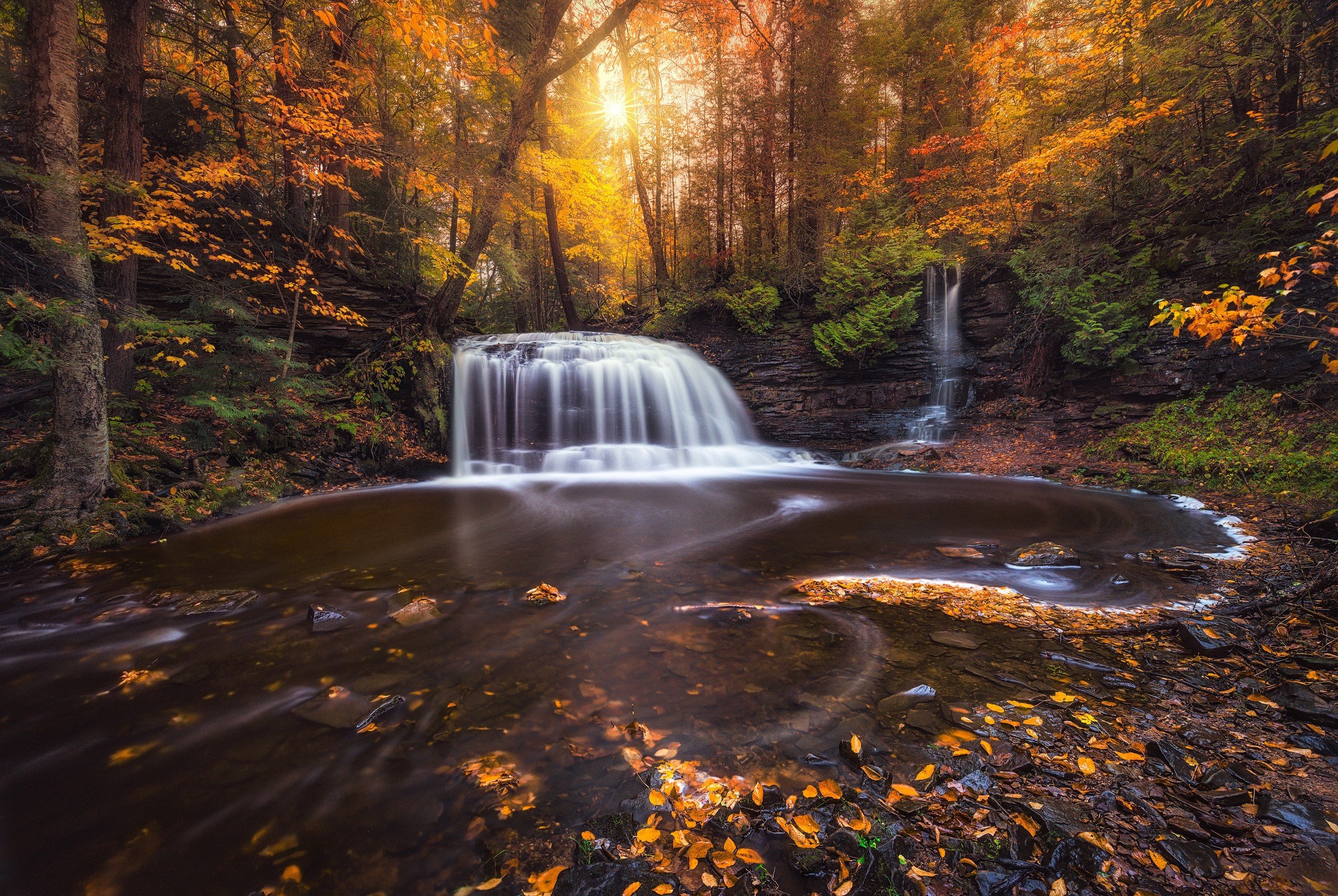
There are many various techniques that nature photographers use to arrest the wonder of the plants. Some of the most popular methods include using a long exposure to capture the movement of the clouds or river flow, a wide-angle lens to capture a vast landscape, and a close-up lens to capture small details. No matter what techniques you use, nature photography is a challenging and appreciated genre of photography. So if you’re up for the challenge, get out and start shooting!
Nature photography will be divided into many completely different categories, every with its distinctive challenges and rewards. Here are a number of the largest standard kinds of nature photography:

Landscape photography captures the wonder of natural scenery, mountains, forests, rivers, and more. Landscape photographers often have to hike to remote locations to get the best shots, and patience is vital in waiting for the perfect light and composition.Landscape photography is the art of capturing pictures of nature and the outdoors in a way that brings your viewer into the scene. From grand landscapes to intimate details, the best photos demonstrate the photographer’s own connection to nature and capture the essence of the world around them. Below, you’ll find all the landscape photography articles we have written over the past decade, including our highly approachable tutorials and techniques. If you want to learn everything there is to know about taking beautiful landscape pictures, this is the place to start.

When photography focuses on taking close-up shots of small subjects, such as flowers, insects, and other small creatures, macro photographers need a lot of patience and a steady hand to get great shots.Microphotography refers to pictures that use higher magnification up to the 20:1 range and transforms a small object into a larger one compared to real life. In most cases, the photos might be an object or parts of an object.

Night photography, particularly as a beginner, can present both the opportunity to create compelling images, as well as some of the most difficult technical challenges you might face. Fortunately, these challenges are all learning opportunities to better your skills behind the camera. In this night photography tutorial, we’ll look at how to photograph some common subjects after dark with ease.

Seascape photography is a sub-genre of landscape photography depicting the sea or the ocean as a more substantial portion of the photo. The other elements are the beach, the coastal features, the cliffs, the rock pools, marine creatures, etc. Of course, coastal photography has many things in common with other types of subjects in nature, but there are some differences. Unlike the regular landscape shot, the success or failure is often a split second away. The water keeps moving all the time, every wave is different and unique, every splash has another shape, and every second, there is an entirely different picture. Same applies to every type of landscape, but most of all – to the seascape. In most natural scenes, a long exposure only affects the cloud movement, while in our case, it also affects the water, which makes a significant impact on the overall look and feel.
Wildlife photography is a genre of photography concerned with documenting various forms of wildlife in their natural habitat. As well as requiring photography skills, wildlife photographers may need field craft skills. For example, some animals and birds are difficult to approach and thus a knowledge of the animal's and birds behavior is needed in order to be able to predict its actions. Photographing some species may require stalking skills or the use of a hide/blind for concealment. While wildlife photographs can be taken using basic equipment, successful photography of some types of wildlife requires specialist equipment, such as macro lenses for insects, long focal length lenses for birds and underwater cameras for marine life.
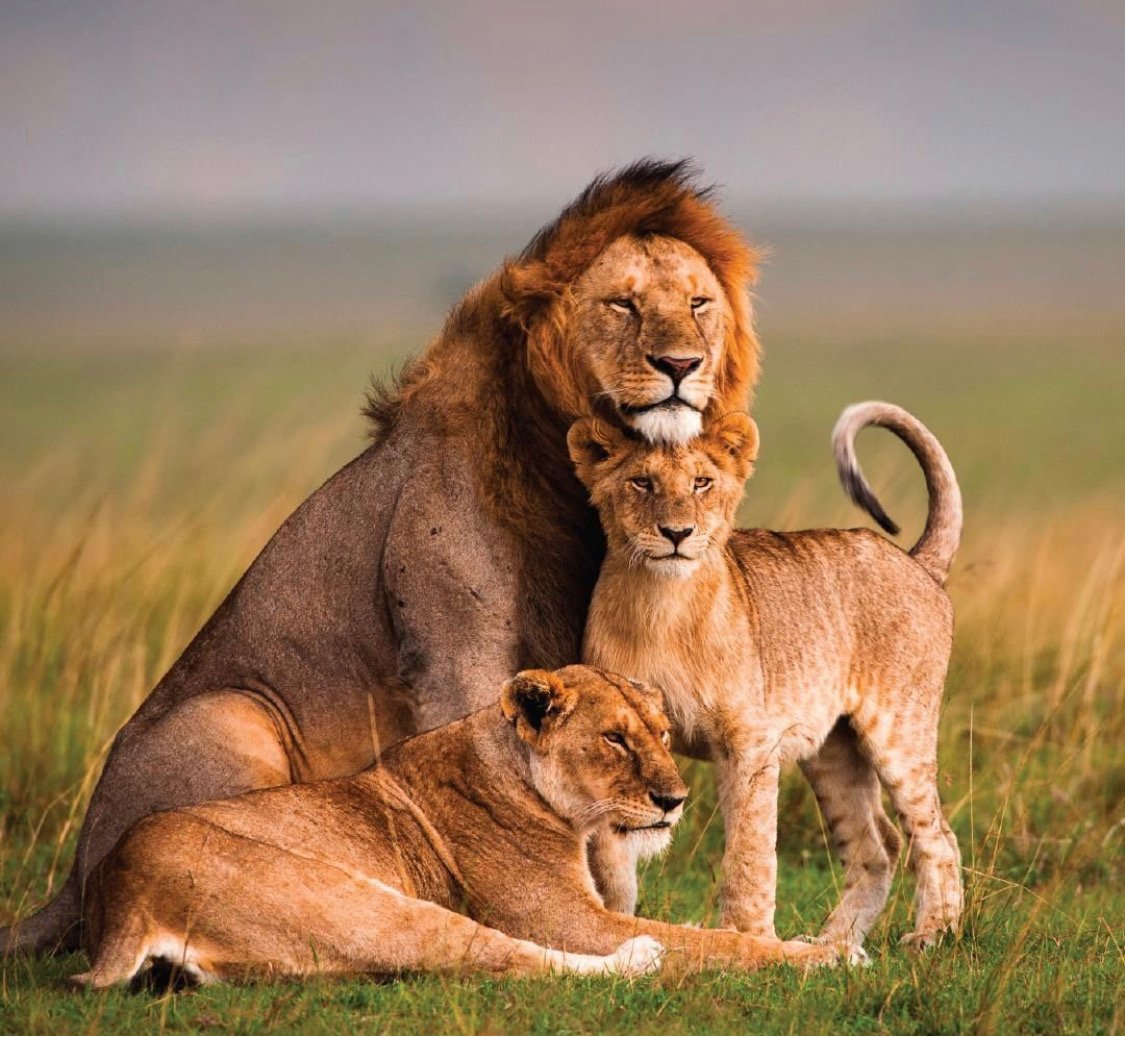
Wildlife photography is a popular genre of photography done by beginners, enthusiasts, and professionals alike. It involves shooting any type of animal (from birds to insects to butterflies to mammals). But wildlife photographers most commonly photograph mammals, reptiles, amphibians, and birds.
There are three broad types of wildlife photography, though plenty of wildlife photographers participate in all of them:

First, mammals are what most people think of when you talk about wildlife, and so mammal photography is closely associated with wildlife photographers. This category includes a lot of the classic wildlife subjects: polar bears, black/brown bears, wolves, bison, elk, deer, lions, tigers, etc.
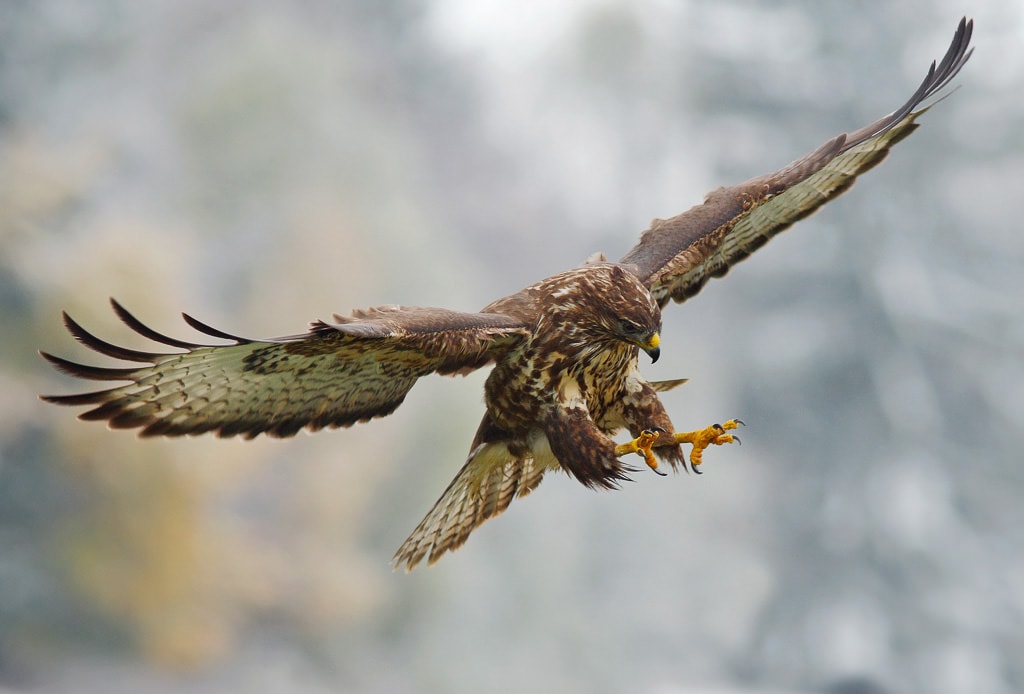
Second, bird photography has quite a few devotees, many of whom confine themselves solely to birds. Because birds are so small and fast, bird photography often involves the most expensive equipment (and a lot of frustration in the field!).
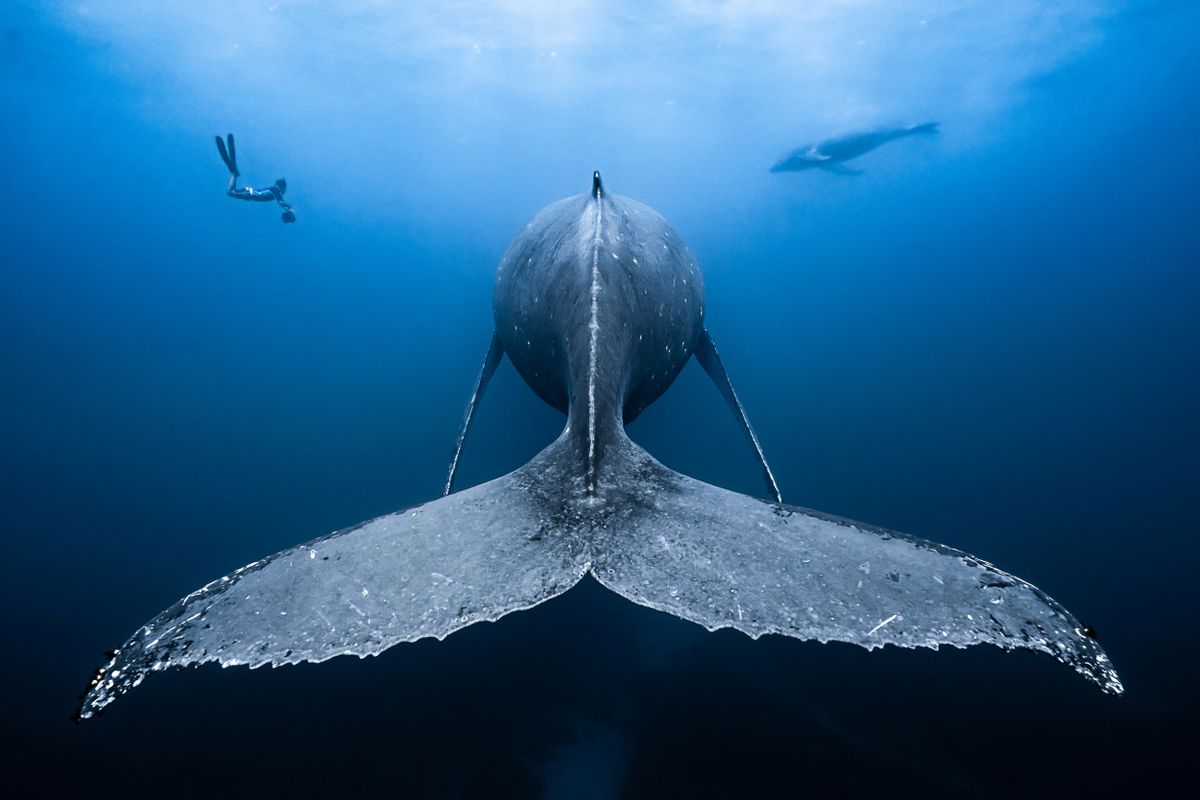
Third, underwater photography is a less talked about but still impressive subgenre of wildlife photography. Photographers like Paul Nicklen capture gorgeous photos of orcas, sharks, seals, penguins, and more.
Astrophotography is simply taking a photograph of an object in space, whether it's with a point-and-shoot camera, the Hubble Space Telescope or any other type of camera. And the subject matter can include anything from the moon to the Milky Way. In 1840, John William Draper's daguerreotype of the moon became the first astrophotograph ever taken in North America [source: Canada Under the Stars]. Early forays into photography, like the daguerreotype, and today's modern cameras involve capturing the light reflected off of various objects. In the case of astrophotography, this light happens to come from the cosmos. To understand how cameras capture light and store images, read How Cameras Work for more information.
Astrophotography is becoming more popular and more accessible in all of its guises, but it's such a broad subject that we've divided it up into seven genres and styles of images that often require different photography gear. With this guide you should be able to differentiate between the different images you see on social media and better understand what the photographer had to do to get the shot.
Whether you’re a seasoned stargazer or a beginner eager to explore the night sky, understanding these types will enhance your astrophotography journey.So, grab your telescope and camera, and let’s embark on this stellar adventure together.

This technique uses a wide-angle lens to encompass large areas of the celestial sphere, often including stunning landscapes for context and contrast. The result is a breathtaking image that showcases the grandeur of the cosmos in relation to our earthly surroundings.To embark on wide-angle night-scape astrophotography, you’ll need
A DSLR or mirrorless camera,
A sturdy tripod,
And a wide-angle lens, typically in the range of 14mm to 35mm with a fast aperture.
Remote shutter release can also be beneficial to avoid camera shake.
For successful wide-angle night-scapes, scout for locations with minimal light pollution and interesting foreground elements.
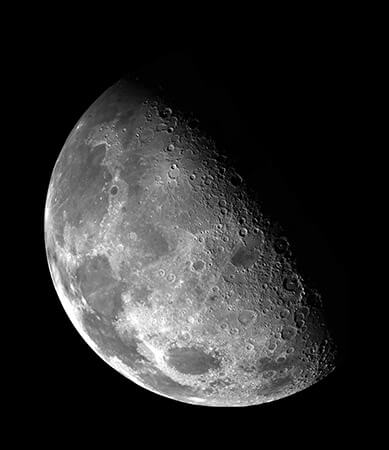
Prime focus astrophotography is a technique where the camera is attached directly to the telescope, effectively turning the telescope into a large telephoto lens.
This method is particularly effective for capturing detailed images of distant celestial objects such as galaxies, nebulae, and star clusters.
By the way if you want to know more way about telescope astrophotography, you can refer my previous article on how to take photos through a telescope.The essential equipment for prime focus astrophotography includes
A telescope with a suitable mount for tracking,
A DSLR or a dedicated astrophotography camera and
A T-ring adapter to connect the camera to the telescope.
An equatorial mount can be beneficial for longer exposures as it compensates for the Earth’s rotation.
For successful prime focus astrophotography, focus is critical. Use a Bahtinov mask or live view zoom for precise focusing.
Also, consider using a field flattener to correct the field curvature inherent in most telescopes.

By using a star tracker, photographers can take long-exposure shots that reveal the Milky Way’s intricate structures without the stars appearing to streak or blur.
The essential equipment for star-tracker Milky Way close-ups includes
A DSLR or mirrorless camera,
A fast wide-angle or telephoto lens depending on the desired field of view,
A sturdy tripod, and
A star tracker.
The star tracker is crucial as it compensates for the Earth’s rotation, allowing for long exposures that capture the faint light of distant stars and nebulae.

Deep sky astrophotography is an exciting branch of astrophotography that focuses on capturing objects beyond our solar system.This includes galaxies, nebulae, and star clusters, which are collectively known as deep sky objects (DSOs).
These celestial bodies, while distant, offer some of the most stunning views in the cosmos.
To venture into deep sky astrophotography, you’ll need
A telescope with a motorized equatorial mount for accurate tracking,
A dedicated astrophotography camera or a modified DSLR, and
A field flattener to correct field curvature.
An autoguider can also be beneficial for longer exposures.
Successful deep sky astrophotography requires a balance of technical skills and patience.
Abstract photography consists of images created using photography materials and equipment that don’t have an immediate association with the physical world. Abstract photographers use perspective, movement, and light to transform the world we see into an unexpected, often unrecognizable image. “Abstract photography is not representational. It might explore the texture or detail of everyday objects, or make you think of something else,” explains professor and photographer Tina Tryforos. There’s no exact step-by-step guide to creating the abstract, but there are some general principles artists can experiment with to bring their photographs into the abstract realm.

Typically, photographs are representations of the real world, but abstract images take things in a new direction. “I always ask beginners to think about the world in a less concrete way. Explore new things and think about light and shadow in a different way and consider shape and repetition. I try to encourage them to step outside of what they know,” says Tryforos.
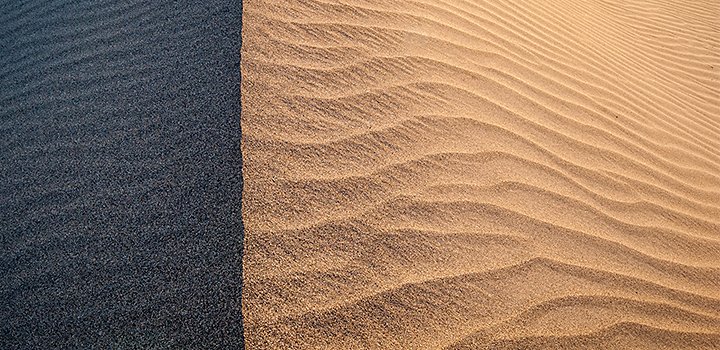
While abstraction aims to abandon subject matter, landscape photography captures an environment and realistically showcases its beauty. Those goals may seem at odds, but nature can inspire stunning abstract landscape photography. Aerial shots and intentionally moving the camera or obscuring the scale of a photo can transform recognizable landscapes into intriguing abstract images. For example, if you pan your camera quickly past a forest as you take a photo, the colors will blur, and the outlines of each branch will melt away. By approaching common landscapes from a new perspective, you can transform them into the abstract.

Consider experimenting with texture and tonality in your photos. With abstract photography, “you can turn a photo of an old radiator with peeling paint into something else that focuses on pattern, color, light, and texture,” says Tryforos. Different textures evoke different atmospheres and feelings in your viewer, so see what you can create with just the color and shapes in front of you.Nature photography that captures new perspectives of the ocean, sky, or forest is a great way to experiment with texture. Aerial photography of the ocean can make the colors and shapes of the waves blend together into fascinating patterns. The geometric shapes of an industrial building may look like a patterned textile if you shoot it from the right angle. Whatever you choose to capture, taking a subject out of context and focusing on its textures and tones can help you create amazing abstract work.
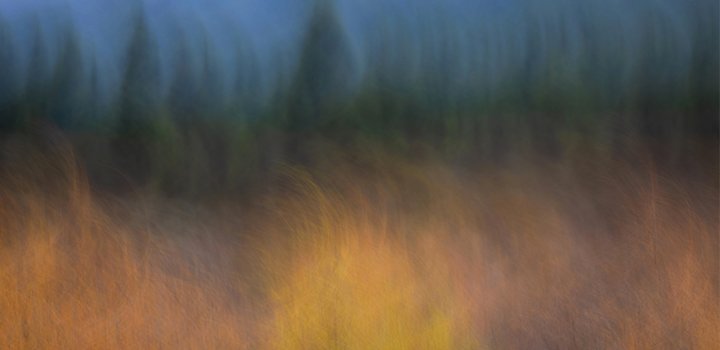
Traditional photos are taken with a fast shutter speed and capture a single moment, frozen in time. When you add motion to the image, it creates some abstraction, and with a slower shutter speed, you can create long exposure photos. When you leave the shutter of your camera open for longer, you can capture the motion blur of a car traveling down a street. By keeping the camera still, you can record the car’s motion in your shot and keep everything else static. The car will look like a streak of color across the image, while the rest remains recognizable. Then consider exploring the motion blur of continuously moving things, like water or smoke. You can transform ordinary things into ethereal ones by bringing new elements into the image.
We are all familiar with content marketing, but marketing in photography is somewhat unique. Unlike other marketing fields, content marketing for photography is less prevalent. So, to promote business online, photographers must understand content marketing as a crucial resource for gaining online visibility. Finding your area of expertise is necessary before developing a content concept. Then, you may proceed with creating the content. Here are a few content ideas to boost your photography marketing.
The content pillars’ information is comprehensive and in-depth material further divided into other subjects. There are numerous examples, including blog postings and social media.
1. Photography Content Ideas Using Blog Post
In the competitive world, updating your blog regularly is very important. You must act to take one step forward past your competitors. Still, you need clarification about what to write about in blog photography. Here are the top ideas to create photography content for your blog.
Props can make your photo shoot even better, but you have to select the props carefully. Mostly, it depends on the event and the location. If it is a baby photo shoot, it is advisable to choose toys that attract the babies and bring an excellent look to your photo shoot.
We always admire capturing our memorable moments. But before that, we have a lot of questions to ask.vailability – How many other events do you have scheduled for this weekend?
Background – Do you frequently photograph events that are the same size and style as the ones we are planning?
Style – Do you shoot digitally?
Package and Price – How many hours are included in each package?
You may learn about the expectations of your headshot photographer regarding the strategies that work best during photo shoots in this photography content ideas for the blog.
Tips for Headshot Photographers:
Always dress in simple, wrinkle-free clothing, and wear solid colors when taking your headshot.
Alter your expression if you find that maintaining the same position for a long time makes you look artificial.
For people starting their careers as photographers, this might help them organize their photos as professional photographers. There are two methods for organizing photos: Advanced and simple. In a simple method, Collect your images in one place and upload all the collected images onto a hard drive, create a folder structure, and the final step is backup.
In the Advanced method of organizing photos, you must collect the photos in the DAM program, set them up in a folder structure, sort them, and pick your best images. Once you select the best photos, go to the best-selected folder, go through them again, and finally, backup the files.
A photography theme makes your boring photos a more creative and entertaining ones. There are 328 themes to select to make your photo more unique. The basic themes are Black and White, Color, Texture, Aerial, Line, Nature, Pattern, Macro, Food, Self-portraits, Abstraction, Street, and Night.

Social media plays a vital role in content marketing. With many social media options, you can take your photography to the next level. Here are some of the photography content ideas using social media.
The user must be aware that the followers are more than just following your page and liking your photography. They must get to know you, which is also a marketing strategy.
The early followers may already be aware of you. Therefore, it is best to retain several new followers who joined at various points in the future and who want to get to know you.
Including a self-introduction allows you to put a face with your name and help the audience connect.
To promote your photography business online, you can provide thoughts and advice to assist others in making the best decisions rather than just publishing photos from photo shoots. They can quickly determine if you are an expert by doing this.
Some people provide their distinctive approaches and advice for a fee, but if you want to succeed in this profession, feel free to offer the knowledge without a charge.
Your audience will be considerably impacted if you post your blog on social media and update it frequently. The reader clicks on the link and reads the content by sharing a unique introduction. You can inform your followers about the link and the article.
If you have a social media account, you can suggest that media page, share the link, and ask them to follow. In a simple way, you are posting a photograph in the caption you can ask them to follow your other channels.
Ask your followers where you take your photography if you get an opportunity. Make the section more interactive, so visitors may indicate their interest in photography and offer suggestions for photography-related content.
Try posting behind-the-scenes photos to demonstrate your struggles to take a photo. That conveys to followers how hard you are working. Viewers will be interested in the scene presented as two separate videos. Let’s imagine that they are viewing the ‘part 1’ video, and you may say something to the effect of “check part 2 for the outcome,”
Which naturally makes them excited to see ‘part 2.’
When you eventually produce the photography content ideas after a little study, you want to ensure that the audience enjoys the piece as they typically do. You can write a coming soon post that piques readers’ interest before publishing it with persuasive language. The audience can also be asked to make a post guess.
You might set out a few days each month to express gratitude to your supporters and followers. Describe a few things that assisted you on your journey and in your life’s accomplishments, the little things that cheer up the followers.
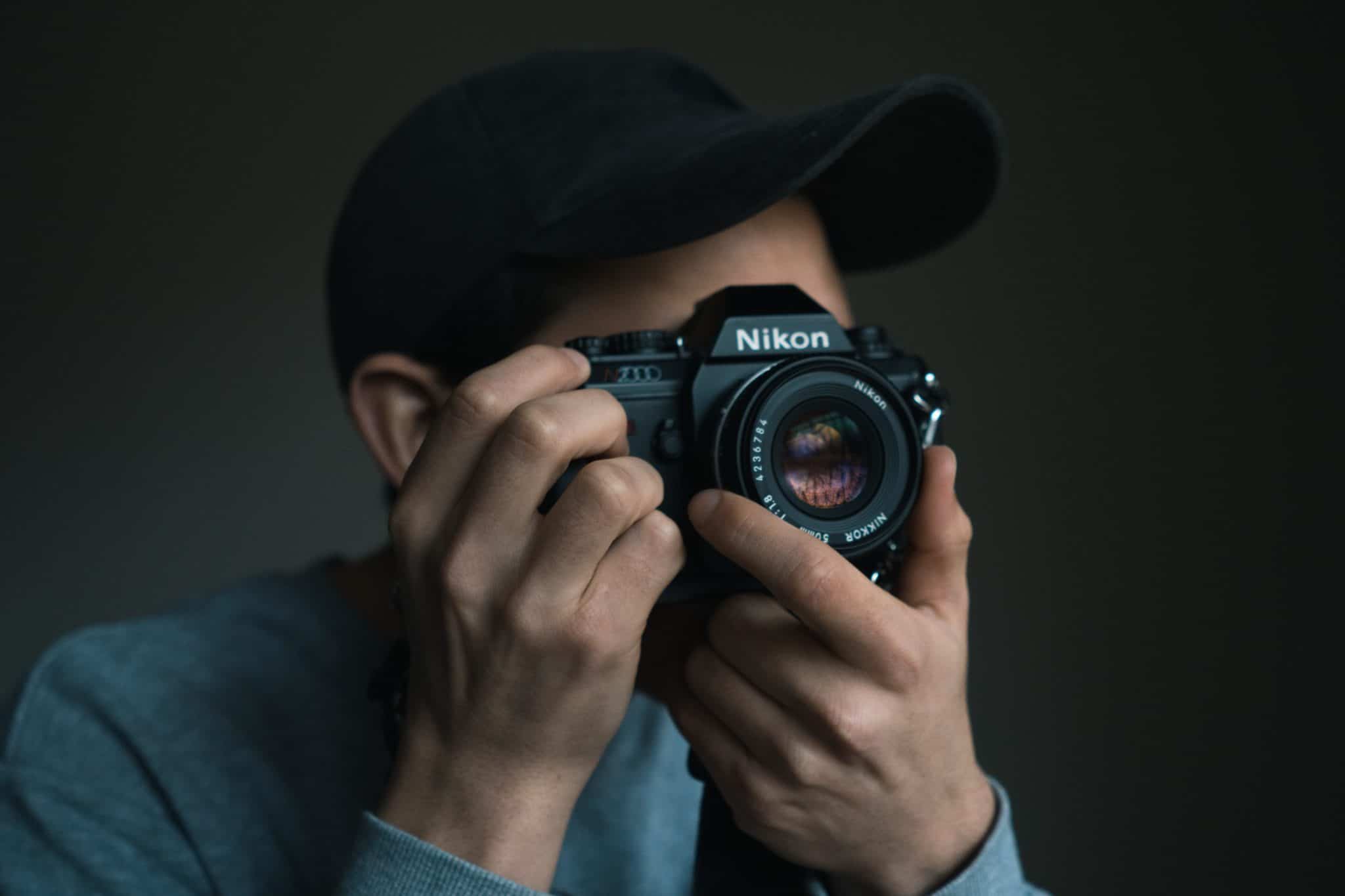
Photographic Content Ideas Using Instagram
Instagram is currently one of the top platforms for marketing people’s businesses. The concept of photographic content might be obtained in three different ways:
Instagram Grid
Instagram Story
Instagram Reels
The Instagram Grid is an excellent approach to showcase your photographs, even though it might get less attention than the other option. They are still a fantastic method to showcase your fabulous photos instead of attempting to think of catchy captions. You can explain the benefits and drawbacks of marketing for photographers and which one you prefer.
It serves as a crucial gateway for connecting with your followers. You can utilize surveys, multiple choice questions, quotes, your to-do list, and even the truth or dare method to inform your followers about your company.
The most recent method to improve your marketing in photography is Reels. If you panic about talking in front of cameras, you can exchange photographs and talk about it, and you can share the entire editing with your followers. For example:
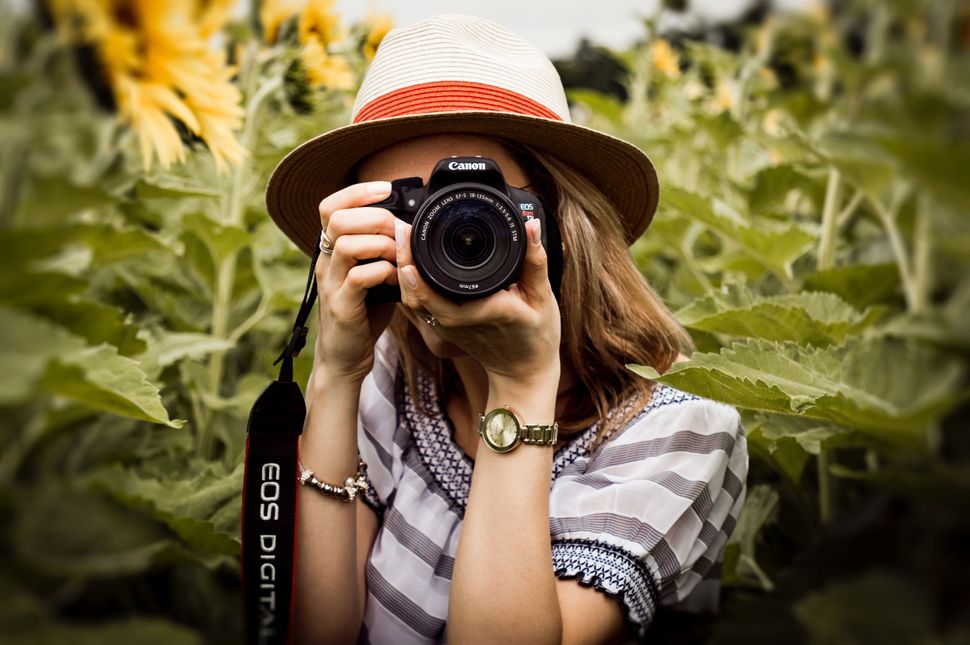
How to pose with props.
How to photograph in different weather conditions.
Tips for startup photographers.
Frequently Asked Questions
What is photographic content?
Content photography is commercial and creative photography that provides relevant and consistent content marketing images.
Why is photo content important?
Photos attract attention and execute quickly. They significantly improve the user experience and are a necessary addition to written content.
What makes a photograph powerful?
The subject, a strong composition, movement, light, and emotional impact make a photograph powerful.
Final Thoughts
Content marketing is all about experimenting and adapting. You are boosted with creative ideas, test them, accept the result, and try hard to achieve in photography marketing. Let the audience admire your photography.